Learn and Explore with Fun and Educational Experiments
Introduction
Water is the elixir of life, but not all water is created equal. Impurities and contaminants can lurk beneath the surface, making it unsafe for consumption. That’s where water filtration comes in, playing the role of a guardian angel for our precious H2O. DIY water filtration experiments offer a fun and educational way to explore this fascinating science.
DIY Water Filtration Experiments
Imagine yourself as a water detective, embarking on a quest to purify murky water using everyday materials. From coffee filters to activated charcoal and even plants, these experiments will transform you into a water filtration wizard. Get ready to witness the magic of science as you uncover the secrets of clean water!
Activated charcoal, a superhero in the world of filtration, is like a magnet for impurities. Its porous surface traps contaminants like a boss, leaving you with sparkling clean water. 💦
How to Get Your Charcoal on:
- Grab some activated charcoal, the secret weapon.
- Fill a container with water, your murky canvas.
- Pour in the charcoal, like a sprinkle of magic dust.
- Stir it up, let the charcoal do its dance.
- Filter the water through a clean cloth, revealing the transformation.
Results:
Prepare to be amazed! The charcoal’s superpower is undeniable. It removes odors, tastes, and even heavy metals, leaving your water crystal clear. 💧
Understanding Nature’s Filter 🌱
Just like our planet’s soil, sand and gravel can work together to purify water naturally. In this experiment, we’ll create a layered filter to mimic the filtration process that occurs in nature. It’s like building a tiny water treatment plant right in your home!
Materials:
- Sand
- Gravel
- Water
- Clear container
- Funnel
- Coffee filter
Procedure:
- Place a coffee filter in the funnel to prevent sand and gravel from escaping.
- Fill the clear container with water.
- Layer sand and gravel in the funnel, starting with a layer of gravel at the bottom.
- Pour the water through the layered filter into the clear container.
- Observe the water as it passes through the filter and collects in the container.
Results:
As the water flows through the sand and gravel, impurities and particles will be trapped. The larger particles will be caught by the gravel, while the finer particles will be trapped by the sand. The filtered water in the clear container will be noticeably cleaner than the original water.
Particle Size Matters:
The size of the particles in the filter plays a crucial role in filtration. Gravel traps larger particles, while sand traps smaller particles. This layered filtration system effectively removes a wide range of impurities, leaving you with cleaner water.
The Magic of Water’s Reverse Journey 💦
Reverse osmosis, a process that mimics nature’s filtration system, is like a “water purification superpower.” It uses a semipermeable membrane to force water molecules through tiny pores, leaving behind impurities like salt, minerals, and even bacteria. It’s like a microscopic maze where only the purest water can escape!
The effectiveness of reverse osmosis depends on several factors, including the membrane’s quality, water pressure, and temperature. It’s a delicate dance where these elements work together to create crystal-clear water. Just like a well-oiled machine, a high-quality membrane and optimal pressure ensure maximum impurity removal.
Reverse osmosis is a game-changer in water purification, providing us with the cleanest and safest drinking water possible. It’s like having a personal water filtration plant right in your home, safeguarding your health and well-being. So, let’s embrace the magic of reverse osmosis and enjoy the sweet taste of pure, revitalized water!
Distillation, a time-honored technique, mimics nature’s rain cycle to purify water. Imagine a raindrop forming on a leaf, collecting pure water as it rolls down. That’s the essence of distillation!
We’ll boil water, creating steam. This steam, like a shy debutante, rises to the top of our container, leaving behind impurities. As the steam cools, it condenses back into water, leaving behind any lingering impurities. The result? Crystal-clear, rejuvenated water, ready to quench your thirst!
WATER FILTRATION EXPERIMENT ON YOUTUBE
UV light, just like the superhero of water purification, has got your back against those nasty bacteria and viruses. It’s like a secret weapon that blasts them away, leaving your water sparkling clean. 🛡️
UV light works its magic by zapping these microorganisms with its high-energy rays. It’s like a tiny army of invisible soldiers, fighting off the invaders and keeping your water safe. ⚔️
To use UV light for filtration, you’ll need a UV lamp and a special chamber that allows the water to flow past the lamp. As the water passes by, the UV rays penetrate and destroy the DNA of the microorganisms, rendering them harmless. 🧬💥
The effectiveness of UV light filtration depends on factors like the intensity of the light, the exposure time, and the water’s clarity. It’s like a superhero that needs the right conditions to unleash its full power. 💪
So, if you’re looking for a powerful and effective way to purify your water, UV light filtration might just be your knight in shining armor. 🛡️✨
Imagine a world where water is purified by the power of nature! Biological filtration harnesses the amazing abilities of microorganisms to remove impurities from water. 🌿 Just like a living sponge, these tiny helpers break down contaminants, leaving your water sparkling clean.
To create a biological filter, you’ll need a container filled with a mixture of sand, gravel, and plants. As water flows through this natural filtration system, bacteria and other microorganisms latch onto the impurities, trapping them and breaking them down. It’s like a microscopic battleground, where the good guys win and your water comes out victorious! 🏆
Biological filtration is a sustainable and cost-effective way to purify water. It’s perfect for small-scale applications, like filtering rainwater or treating water from a well. So, next time you’re looking for a way to clean up your water, consider giving biological filtration a try. Mother Nature has got your back! 🌍
UV light, a powerful disinfectant, can be harnessed to purify water. Shining UV light directly onto contaminated water kills bacteria and viruses by damaging their DNA. This method is often used in water treatment facilities and can be replicated at home using a UV lamp. Simply submerge the lamp in the water and turn it on. The UV light will penetrate the water, eliminating harmful microorganisms.
While effective, UV light filtration has limitations. It doesn’t remove physical impurities like sediment or chemicals. Additionally, UV light can be harmful to human skin and eyes, so it’s crucial to take safety precautions while using it.
Imagine water purification as a natural symphony, where microorganisms play the lead role. Biological filtration, like a harmonious orchestra, harnesses the power of plants and bacteria to cleanse water. In this experiment, you’ll witness firsthand how nature’s tiny helpers work their magic.
To create your own biological filter, gather some aquatic plants and a container filled with water. Submerge the plants, allowing their roots to anchor in the water. As the plants grow, their roots become a haven for beneficial bacteria, forming a living filtration system. These microorganisms feast on impurities, breaking them down into harmless substances.
The beauty of biological filtration lies in its sustainability. Unlike other methods that require external energy sources, biological filters rely on the natural processes of photosynthesis and microbial activity. This makes them an eco-friendly and cost-effective solution for water purification.
However, it’s important to note that biological filtration is not a quick fix. It takes time for the microorganisms to establish themselves and reach optimal efficiency. Patience and regular maintenance are key to ensuring the long-term success of your biological filter.
So, let’s raise a glass to the unsung heroes of water purification – microorganisms! With their tireless efforts, we can enjoy clean and healthy water, one drop at a time. 💧🌿
Conclusion
Key Findings and Takeaways
Through these hands-on experiments, we’ve uncovered the diverse approaches to water filtration, each with its unique advantages and drawbacks. From the simplicity of coffee filter filtration to the advanced technology of reverse osmosis, we’ve witnessed the power of human ingenuity in addressing the global water crisis.
Encouraging Further Exploration
As we delve deeper into the field of water filtration, we’re reminded of the profound impact clean water has on our health and well-being. These experiments serve as a catalyst for continued exploration, inspiring us to seek innovative solutions and contribute to the global effort to ensure access to safe and sustainable water for all.
Resources for Learning and Experimentation
Don’t let your thirst for knowledge end here! Explore these resources to quench your curiosity and engage in further experimentation:
- Water Filtration Experiments for Kids
- DIY Water Filtration Projects
- Water Filtration Science Fair Projects
Remember, the pursuit of knowledge is an ongoing journey, and every experiment brings us closer to unlocking the secrets of our world.
EDUCATOR GUIDE: WATER FILTRATION CHALLENGE | NASA/JPL EDU
STUDENT PROJECT: MAKE A WATER FILTER | NASA/JPL EDU
AQUASANA WATER FILTRATION SYSTEM
DISADVANTAGES OF WATER FILTRATION
DIY WATER FILTRATION SYSTEM
BEST UNDER SINK WATER FILTRATION SYSTEM
AMAZON WATER FILTRATION SYSTEM

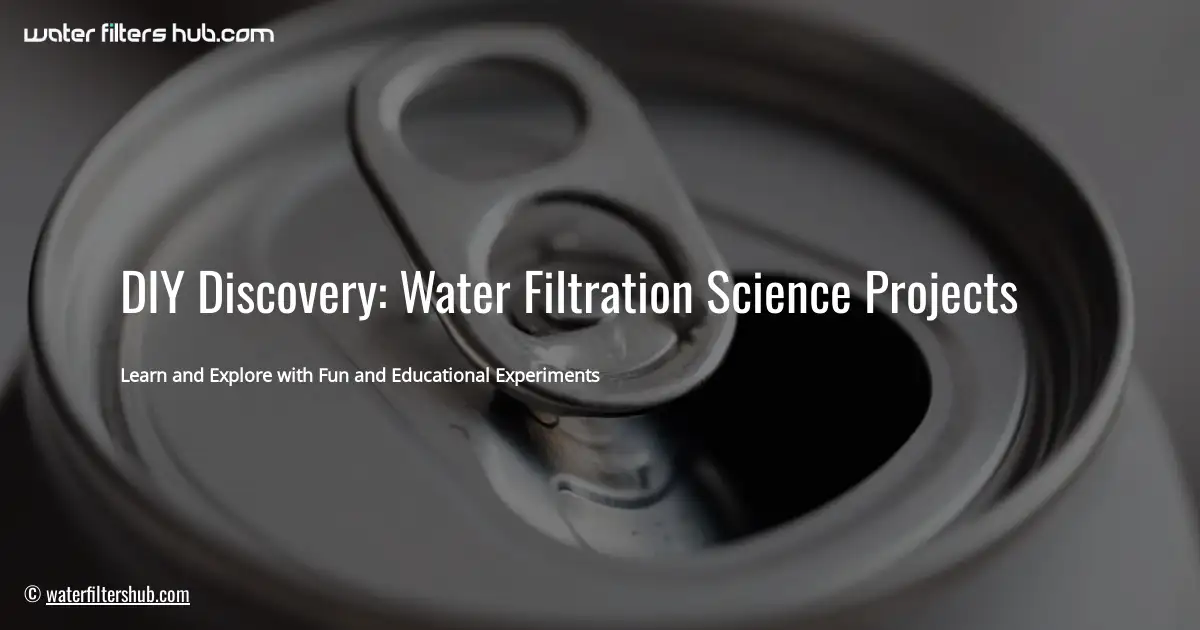
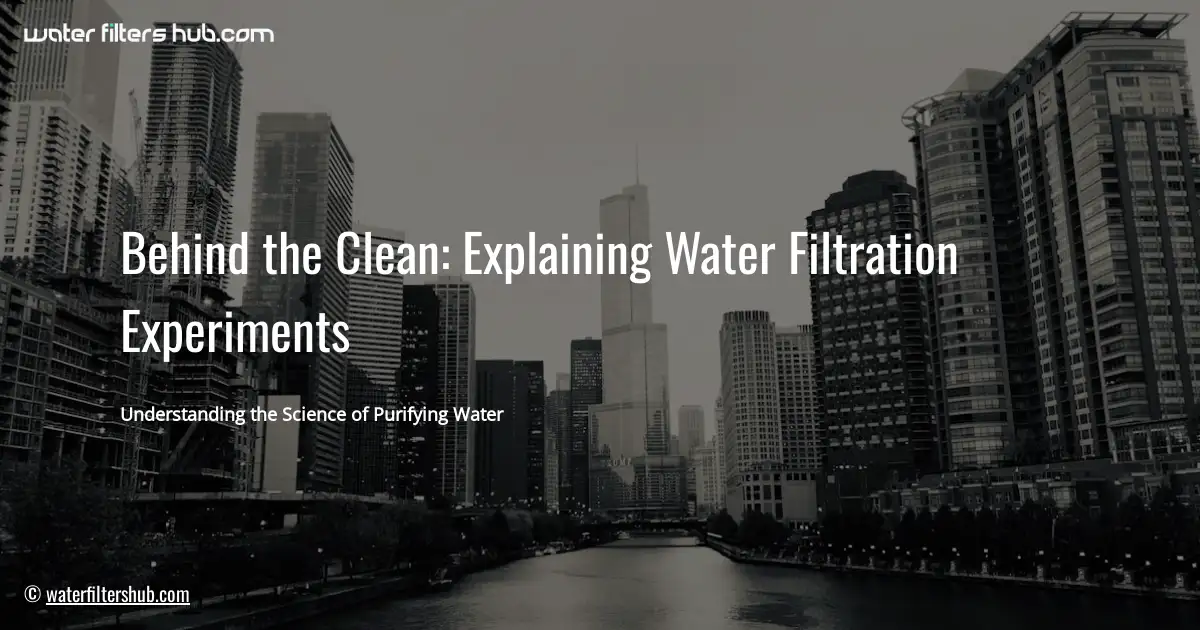
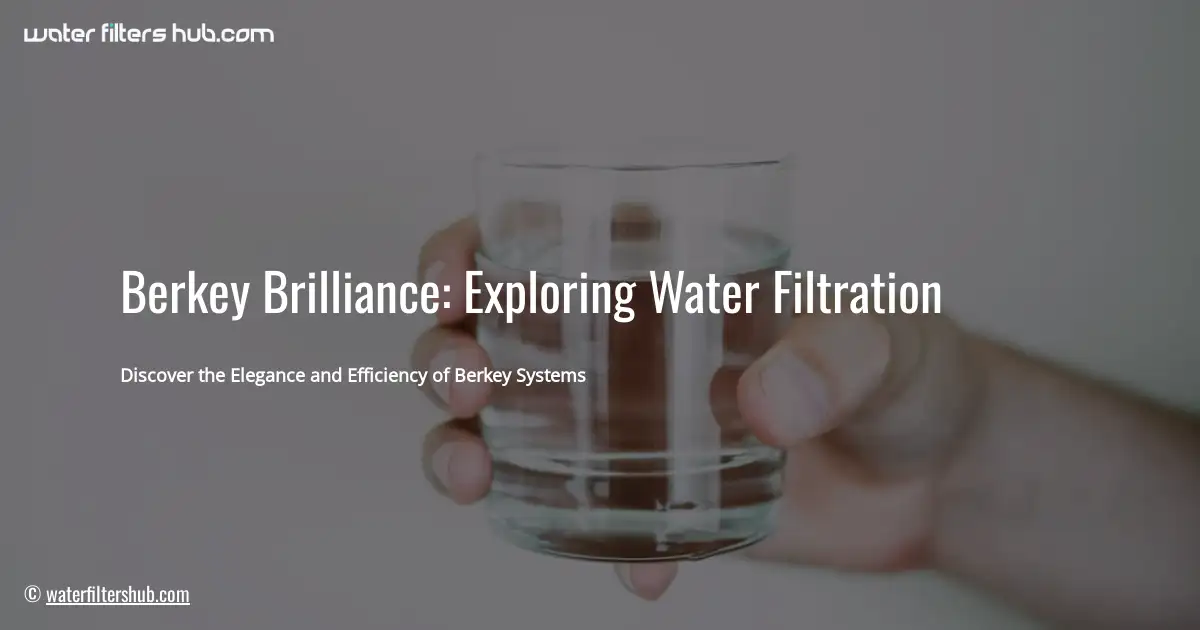
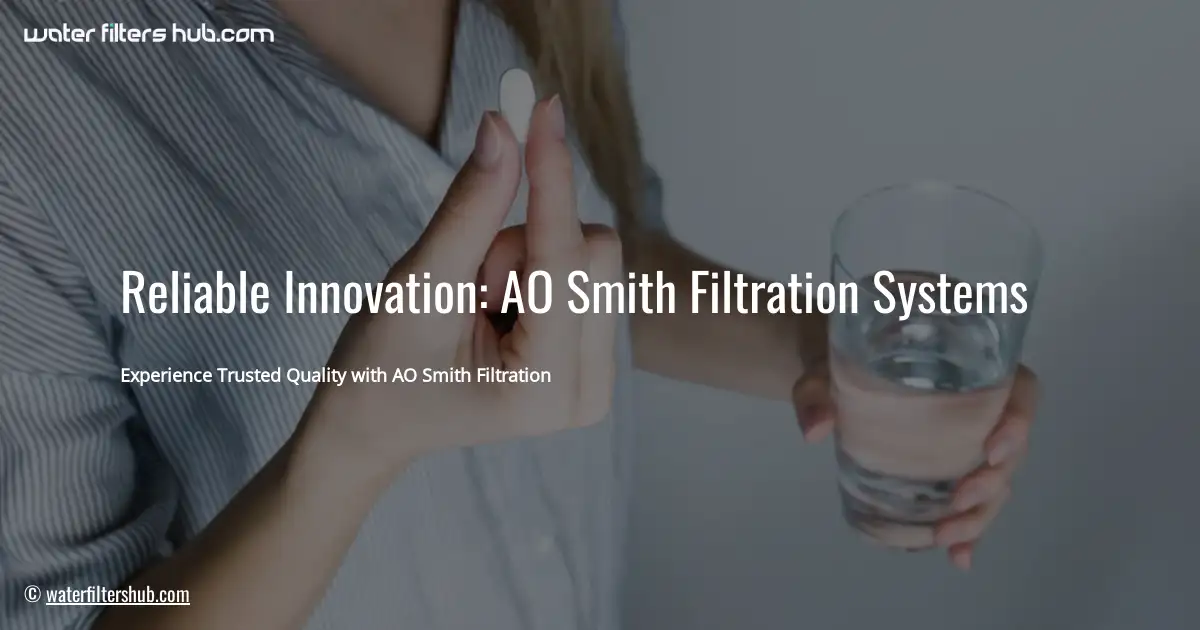
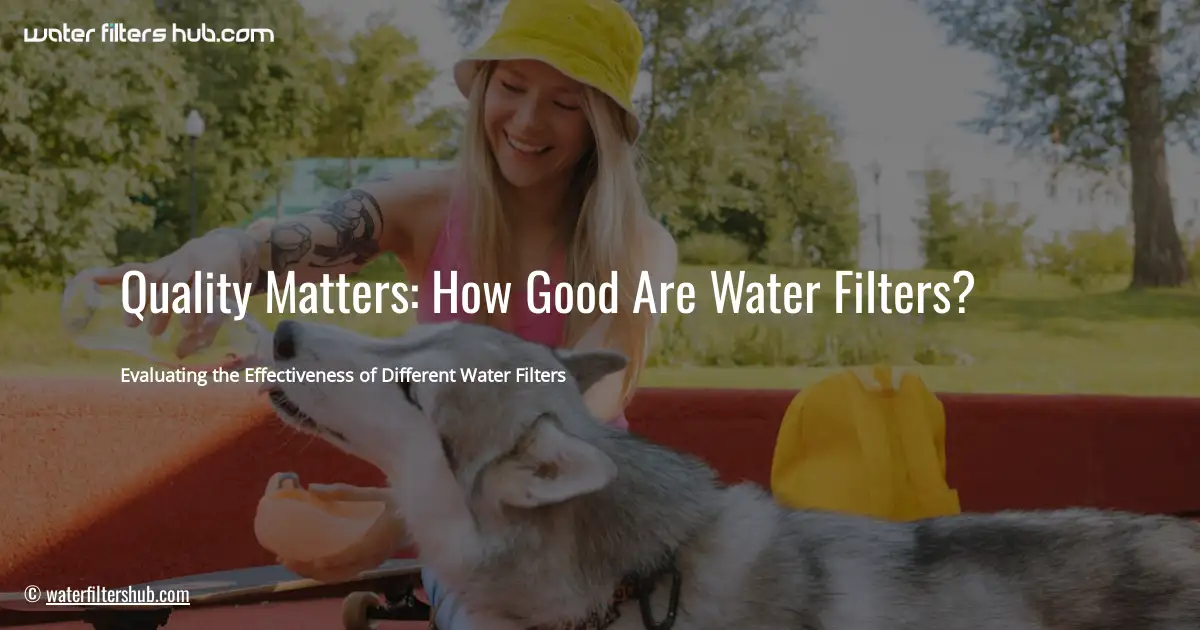
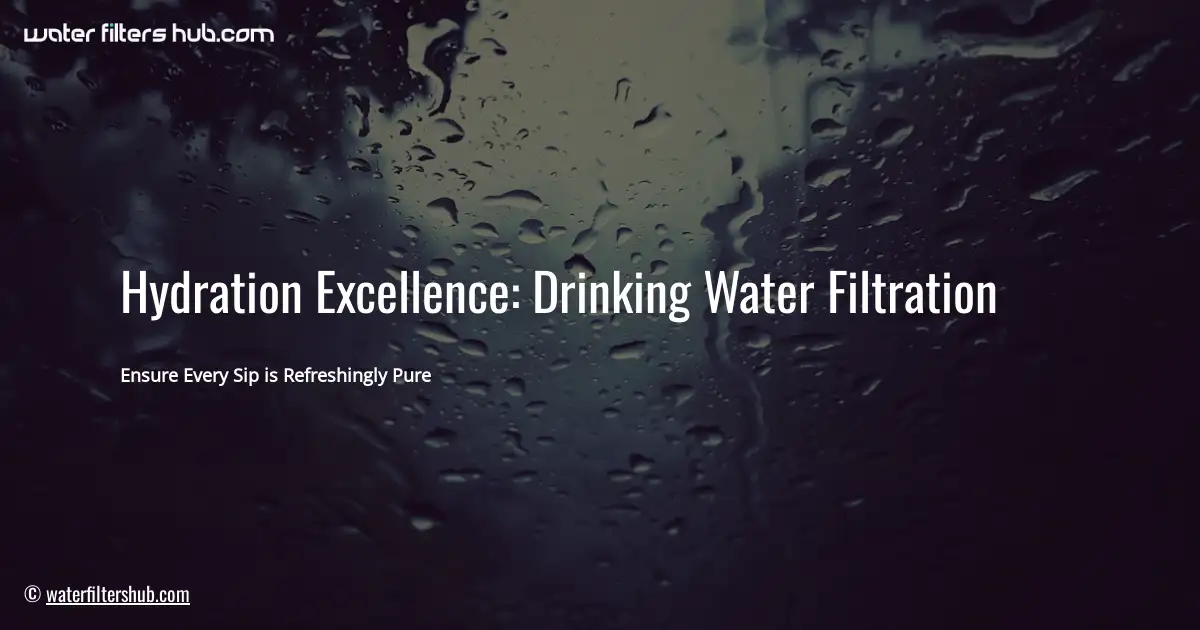
Leave a Reply